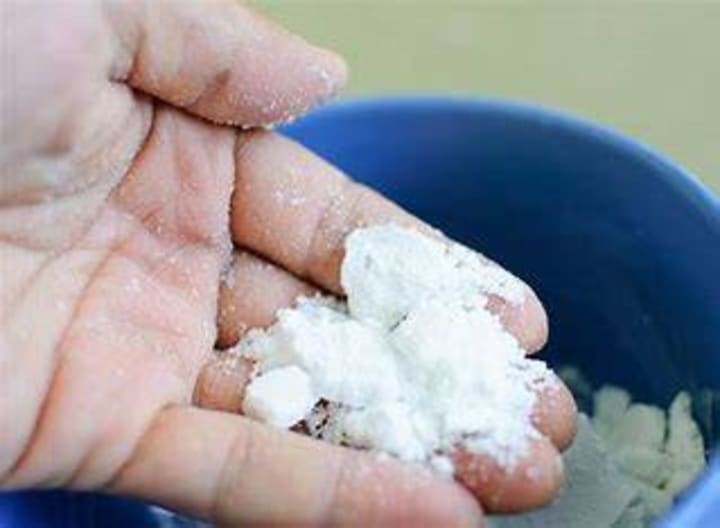
Whether you love it or hate it, eventually you’ll need to remove snow from your walks and driveways. We’ve been doing this every winter for the last 6,000 years when the first snow shovel was created in Russia. Every year, the US is affected by 105 snowstorms that can last 2-5 days each. Snow is when water freezes in the cloud and returns to Earth frozen. This means in order for the snow to build up, the ground needs to be frozen to hold it for at least a couple of days. Winter can last from December to late March each year, sometimes longer. When you are ready to confront the cold, here are some tips you can use to remove snow safely.
Getting Proper Equipment

Right when snow is announced, you’ll need to get something to remove it. The most commonly used tool for snow removal is a snow shovel. The first thing to look at is the shovel’s blade. Flat-blade shovels are great for cutting into deep snow piles while round ones are good for pushing or scooping snow. Metal blades are good for heavy lifting, as plastic blades tend to be more brittle. For a handle, the material is your own personal choice, as long as it is 24” to 32” in length with an ergonomic curve to it. If you want a snow blower, they come in two sizes. Single-stage blowers are used on walkways or small driveways, while two-stage blowers are for driveways over 60 feet long.
Getting Ready To Head Outside

Before you do any strenuous activity, remember to stretch your arms, legs, and back. Stretching can warm up your muscles, reducing your risk of strains and sprains. You’ll want to dress warmly enough without sweating and can still easily move in. When heading out, wear several layers of light, well-insulated, and well-ventilated clothing. Put on a pair of well-worn boots and thick, wool socks. If you have them, put spikes on your boots to protect yourself from ice hidden under the snow. Protect your hands with sturdy gloves so that you can move your fingers in. Most of your heat loss will be through your head, so wear a wool/cotton hat.
Proper Shoveling Technique

The best way to prevent hurting yourself while shoveling is to use the proper snow removal technique. You’ll want to lift with your legs slightly apart and knees bent. Keep your back and waist straight as you scoop up the snow. Fill the blade only halfway. By shoveling like this, you can prevent yourself from getting hurt by lifting up too much at once. Snow can weigh 20 pounds per cubic foot. Throw the snow to the side, never over your shoulder. Take frequent breaks while staying hydrated by drinking plenty of warm liquids. If you feel pain, then stop! This means you could have pulled something, and by continuing to work, you can make things worse for your body.
Laying Down Rock Salt

Once you finish shoveling, lay down a deicer to treat the ice that formed underneath the snow. Rock salt is the most common deicer on the market. Evenly coat the area by tossing it out in a sweeping motion like you would with birdseed. Lay extra down on thick patches of ice. Re-apply every 24 hours as needed. When finished laying down rock salt, wash your hands or gloves immediately as it is made up of various chemical compositions. Wash your pet’s paws if they come into contact with the salt if they do. When storing it, keep it away for your water storage and food pantry. You’ll also want to make sure that kids and pets can’t reach it. Natural alternatives to rock salt are:
- Sand
- Kitty litter
- Coffee Grounds
- Grit
- Pickle/beet juice
For more information on preparing for a winter storm, visit https://vocal.media/earth/winter-is-here-hpj30hg2.
About the Creator
M.L. Lewis
Welcome to my little slice of pie. This blog will primarily focus on prepping and homesteading skills with a sprinkle of fiction every now and then.






Comments
There are no comments for this story
Be the first to respond and start the conversation.